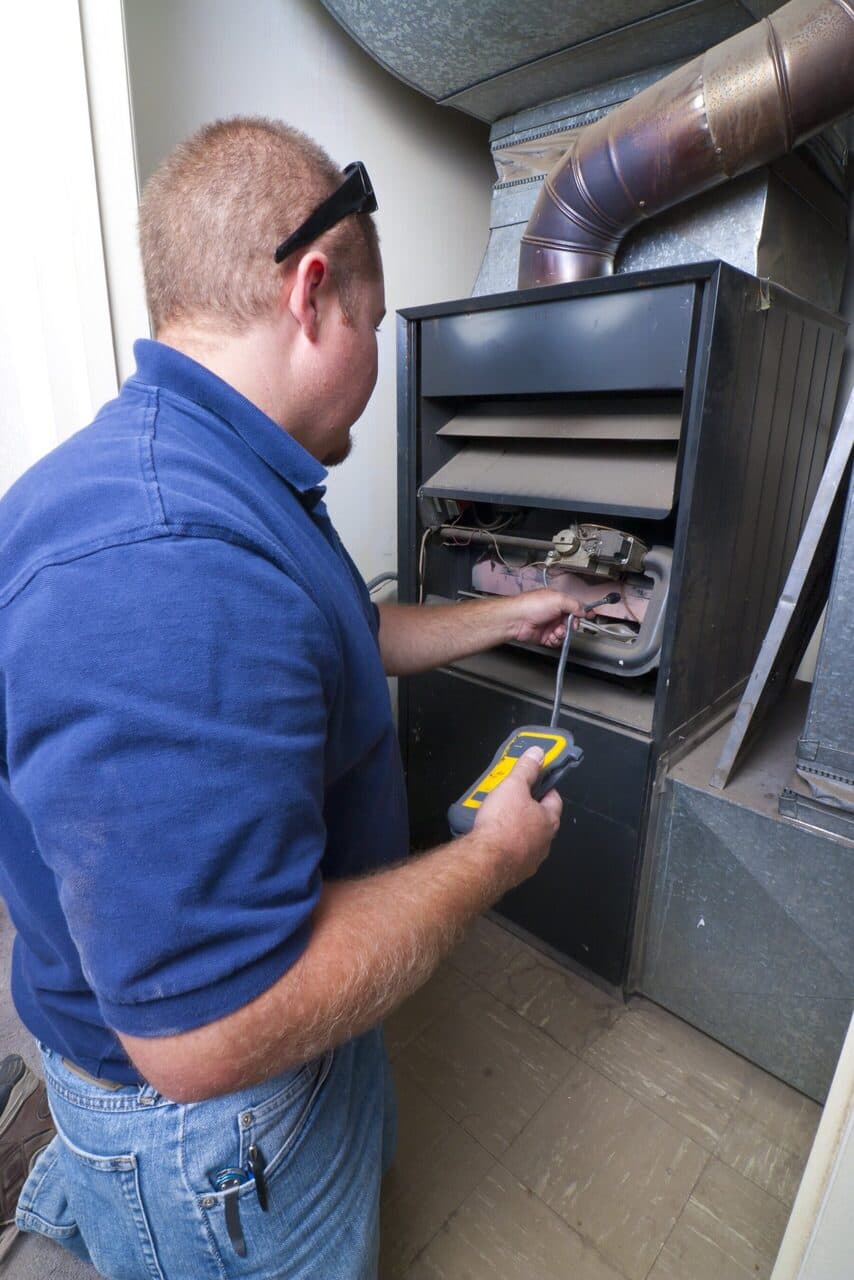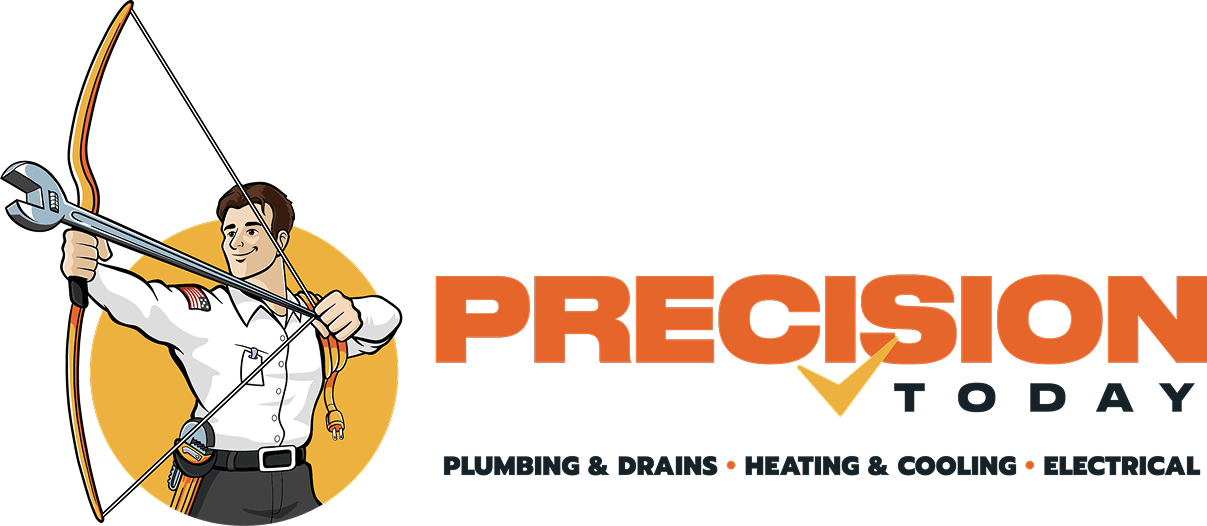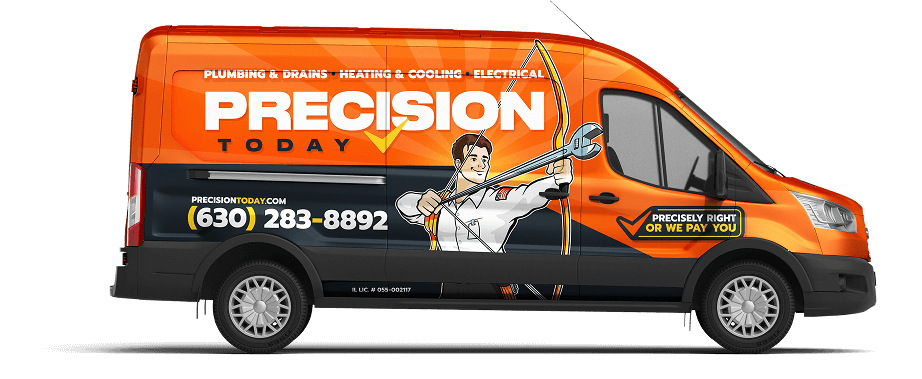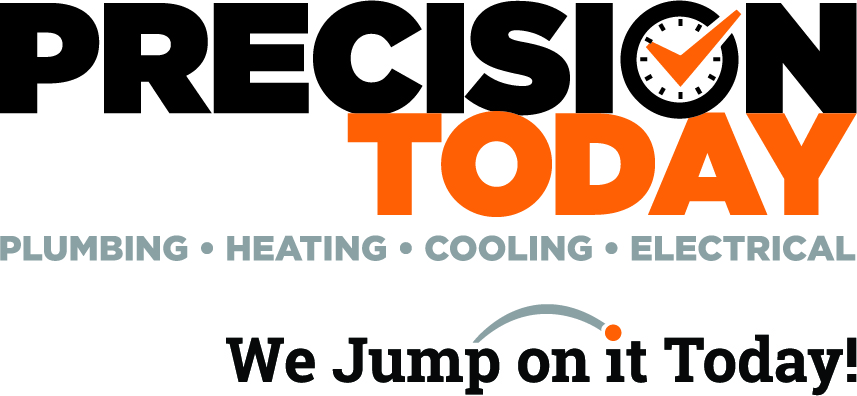How to Prepare Your Furnace for the Winter Season

Baby, it’s cold outside! And unless you want to spend the winter shivering under a mountain of blankets while your teeth chatter like a wind-up toy, it’s time to get that furnace in tip-top shape. Your trusty heat machine has been taking a long summer vacation, blissfully ignoring its duties of keeping you toasty. But those frosty months are just around the corner, which means your furnace needs to shape up before it’s showtime.
We’re here to walk you through the simple steps to prep your furnace for the winter onslaught. From inspections to maintenance tasks and energy-saving tips, we’ll cover all the basics to ensure your heating system is ready to work its magic. And don’t worry, we’ll keep things light-hearted – getting your furnace winter-ready doesn’t have to be a dreaded chore. With a little know-how and maybe a couple bad furnace puns, you’ll have that heat machine humming like a well-tuned oven in no time. Let’s get started!
Understand Your Furnace
Before we dive into the nitty-gritty of furnace prep, let’s make sure we’re all on the same page about these heat-blasting machines. It’s important to know what you’re dealing with, right? Think of it as getting acquainted with the big metal box that’s about to be your best friend for staying toasty all winter.
In the furnace world, you’ve got three main furnaces: gas, electric, and oil-fired units. The gas furnace is probably the most common, using natural gas or propane to create warmth. Electric furnaces are the more eco-friendly option, using electricity to heat things up. And then there’s the oil furnace crew, still hanging around and burning fuel oil like it’s the 1960s.
No matter which camp your furnace falls into, they all have the same core components making them go. You’ve got the heat exchanger doing the actual warming, blowers to circulate that hot air, and venting to exhaust any combustion gases. Basically, a little hot air factory that you really don’t want conking out when the cold comes knocking.
So get familiar with your particular furnace model and what makes it tick. Knowing if you’re working with gas or electric, roughly how old it is, and its general operational status will help guide your winter prep process. Consider it required reading before your final exam!
Pre-Winter Furnace Inspection
Before you go tinkering around with your furnace, it’s important to give it a thorough inspection first. Think of it as your heating system’s annual physical exam. You want to identify any potential issues or needed tune-ups before they become bigger problems.
If you’re the cautious type, the smart move is to schedule a professional inspection. These HVAC experts know furnaces inside and out, so they can spot any red flags you might miss. But if you’re feeling handy and don’t mind getting a little dirty, you can try tackling a basic DIY inspection yourself.
Just follow this simple checklist:
- Check those air filters – Clogged and dirty filters make your furnace work harder than a dog walking itself. Replace them with fresh new ones.
- Do a visual sweep – Carefully look over the entire furnace unit, inside and out. Any signs of rust, soot buildup, or damaged components? Those need attention.
- Clear the area – Remove any boxes, cleaning supplies, or random junk that may have accumulated around your furnace over the year. You want good airflow, people!
- Test the thermostat – This is the furnace’s control center. Fiddle with the settings and make sure it’s still communicating properly with the heating system.
If you go the DIY route, just be honest with yourself about your abilities. If anything seems too complex or sketchy, don’t try to be a hero. That’s when you call in professional backup.
Furnace Maintenance Tasks
Once you’ve inspected your furnace and identified any glaringly obvious issues, it’s time to take care of some routine maintenance tasks. This is the equivalent of an oil change and tire rotation for your car – just basic upkeep to keep things running smoothly.
Now, some of these are pretty straightforward and can be DIY’d if you’re the hands-on type. Others may require the expertise of an HVAC technician if you’d rather leave it to the pros. No shame either way! Let’s go through the main ones:
Blower Motor Clean & Lube
This is the component that circulates hot air through your duct system. Over time it can get gunked up with dust and dirt, making it work harder than it needs to. Give it a good cleaning with a vacuum brush, then add a few drops of non-detergent motor oil to the bearings.
Burner Inspection & Cleaning
For gas furnaces, check that the burners are free of any rust or corrosion. Use a vacuum to clear any dust buildup around them. While you’re at it, check that the flame sensor is clean too so it can monitor the burner flames properly.
Pilot Light Check (Gas)
Speaking of those burners, you’ll want to ensure the pilot light is still lit and burning with a steady blue flame. If it’s gone out or the flame looks funky, you may need to relight or adjust it.
Heat Exchanger Cleaning
This is where the actual heat generation happens in a furnace. But over time, soot and carbon can build up and restrict airflow. Using a tight brush, carefully clean any built-up deposits from the heat exchanger surfaces.
Electrical & Wiring Check
Loose wiring connections can cause all sorts of operational issues with your furnace’s electrical components. Tighten any loose connections and look for signs of melting, shorted wiring, or other damage.
Venting & Airflow
Finally, check that your furnace’s venting and air intake/exhaust areas are all clear of obstructions. You need good airflow for safe and efficient operation. Clear any dirt, dust, or debris you find.
These maintenance tasks seem simple enough, but they’re crucial for keeping your furnace running at peak performance. Neglect them, and you’re just asking for bigger headaches and potential breakdowns. Don’t be that person!
Energy-Saving Tips
Let’s be honest – heating a home can get expensive, especially if you’ve got an older, inefficient furnace. You’re basically just burning money at that point. But don’t worry, there are some simple ways to reduce energy costs while still staying toasty.
First up, consider upgrading to a programmable or smart thermostat. These let you automatically lower temperatures when you’re away or asleep, saving big on heating bills. You can easily make up the cost of a new thermostat in energy savings.
Next, do an airtight inspection of your home’s windows, doors, and insulation. Seal up any drafty gaps or cracks with caulk and weatherstripping. You don’t want that expensive hot air seeping outside! Adding extra insulation to your attic and crawl spaces is another cost-effective way to retain more heat.
Finally, if your furnace is really ancient and outdated, it may make sense to simply replace it with a new high-efficiency model. The upfront costs can be hefty, but the monthly energy savings will start paying you back quickly. Plus, you get the peace of mind of a reliable new system.
Small changes can equal big savings when it comes to heating costs. Don’t just resign yourself to sky-high utility bills every winter!
Safety Precautions
While we’ve had some fun with furnace maintenance so far, it’s also important to keep safety in mind. Heating systems can pose some serious risks if not handled properly.
First and foremost, every home should have working carbon monoxide detectors installed. Furnaces that burn fuels like gas create this poisonous gas, so you need to be alerted if levels get too high.
It’s also wise to avoid doing any major furnace repairs or installations yourself unless you really know what you’re doing. Improper work can create fire hazards, gas leaks, and other dangerous situations. When in doubt, call a certified HVAC professional.
Finally, be sure to provide your furnace with plenty of clearance from any combustible materials like chemicals, paints, or boxes of old junk. You need good airflow and ventilation to prevent potential hazards.
Furnaces require respect, people! Stay safe while you’re prepping that heat machine for winter.
Your Winter Furnace, Prepped and Ready to Rumble
There you have it, folks – everything you need to know to get your furnace whipped into prime winter condition. We covered the inspections, the maintenance tasks, the energy-saving tips, and the all-important safety considerations. If you actually made it through all those sections, congratulations! You’re now a certifiable furnace prepping pro.
But let’s be real – furnace care can be a hassle, even when you make it fun with a few bad puns. Why put yourself through all that work when you could just call in the experts?
That’s where the heating heroes at Precision Today come in. Our team of HVAC specialists basically have “furnace whisperer” printed on their business cards. They’ll inspect, repair, maintain, or outright replace your system quickly and correctly, saving you the headache. And if you’re in the Chicagoland area, they’re the furnace authorities to call.
So before you resign yourself to a frosty winter shivering under a pile of blankets, dial (630) 425-8995 and let Precision Today ensure your furnace is tuned up and ready to blast that sweet, sweet heat all season long. Your toasty toes will thank you!



Join the Precision Today Zero Problems Plan! As a member, you’ll receive all these benefits and more:
- Seasonal HVAC Maintenance
- Priority service
- No dispatch fees
- Transferrable membership
- 10% discount on future repairs
When you sign up for the Zero Problems Plan, you'll gain access to exclusive discounts, providing everyday savings on the services you need.
Ready to streamline your plumbing, heating, cooling, and electrical maintenance needs? Join today by calling (630) 425-8995.







